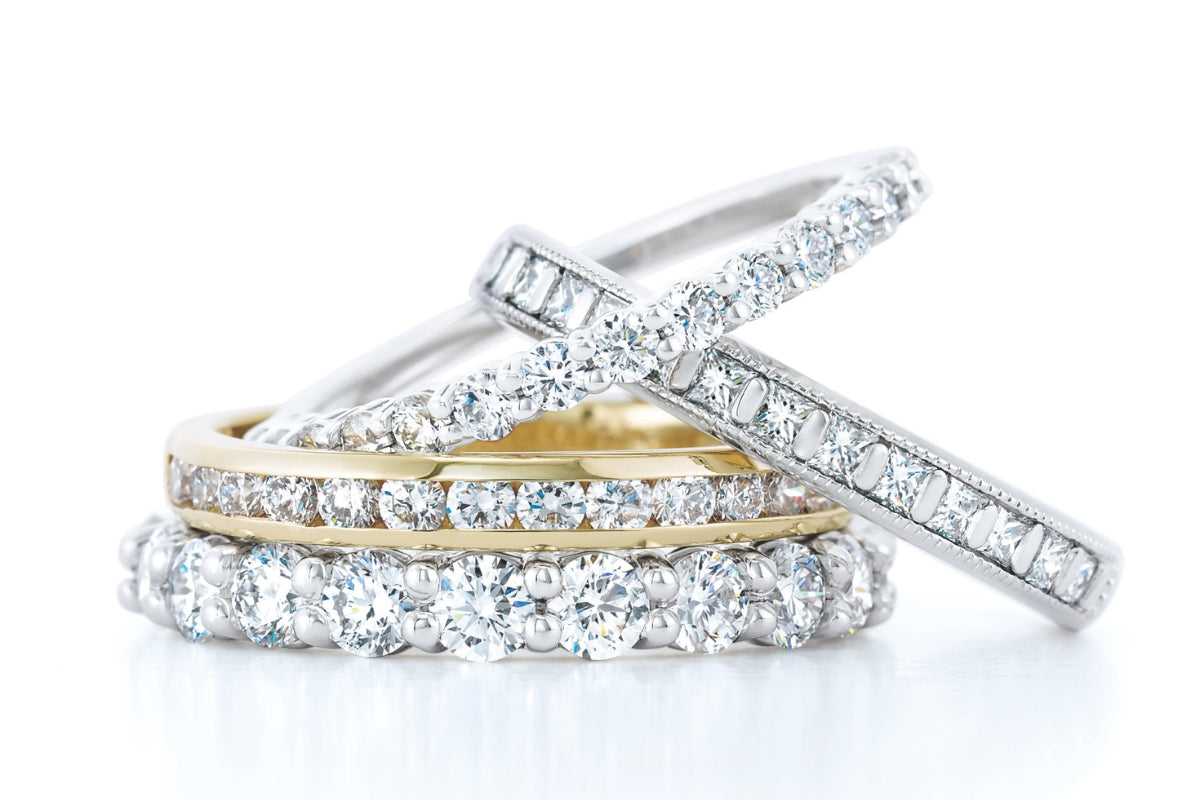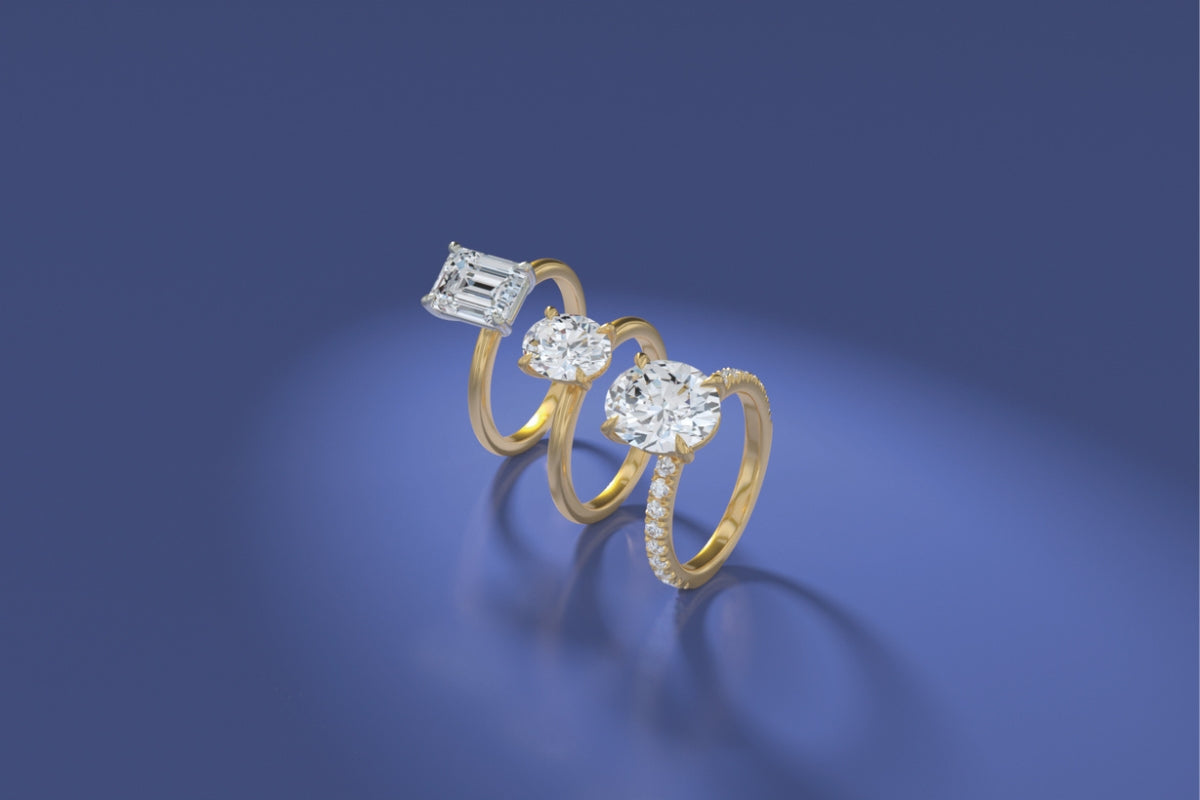When a diamond grader assesses clarity, many variables are taken into consideration. Like the other 4 C’s, clarity grades depict a “range” of characteristics and nuances that only a Gemologist or diamond grader can differentiate. Keep in mind, diamond grading is subjective and opinion based. The tools required for such advanced grading and analysis are found in a diamond grading laboratory like GIA, IGI, and GCAL. Among the most important tools and conditions is advanced magnification and proper lighting. The diamond grading laboratories above have strict standards and require multiple eyes to agree in order to conclude on a specific 4 C grade.
In order to accurately assess the 4 C’s, the diamond needs to be unmounted (loose) and judged under 10x (ten power) magnification. So, if you’re lacking the proper tools and environment, you’re risking missing grade setting characteristics: inclusions (internal) or blemishes (external).
The five factors below are in no particular order and their significance varies from diamond to diamond. So what are the five factors you need to take into consideration when grading clarity?
They are...
Grading clarity is an art. It’s a balancing act of the five factors, your experience grading diamonds, your education as a diamond grader, and usage of the proper tools and environment which contribute to your ability to quickly and accurately assess diamond clarity. Every diamond you grade adds to your memory bank of clarity, which you can count on to more effectively assess clarity.
When looking at a diamond's clarity, always ask yourself, what does the grade setting characteristic do to impact the overall effect on appearance?




